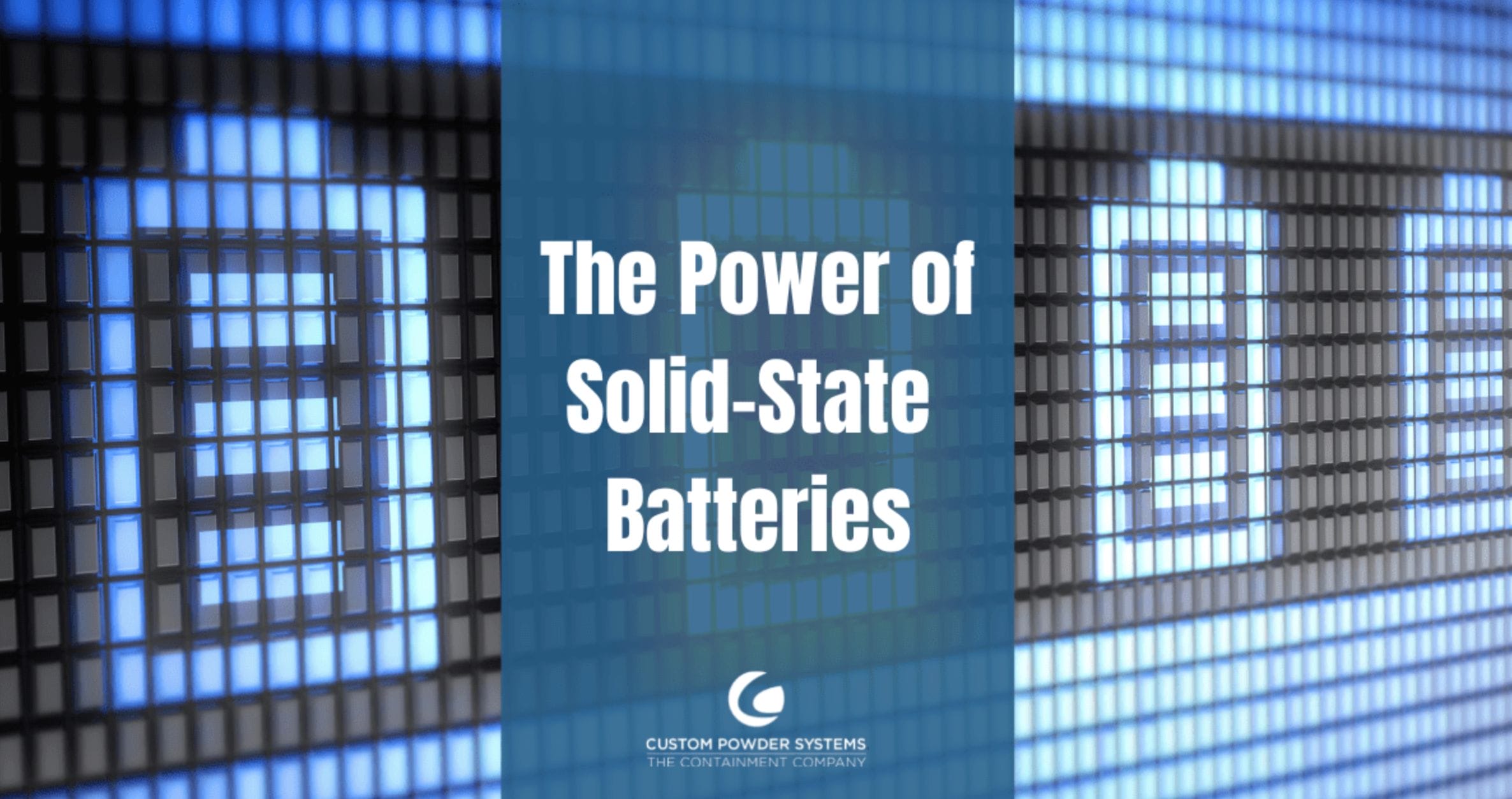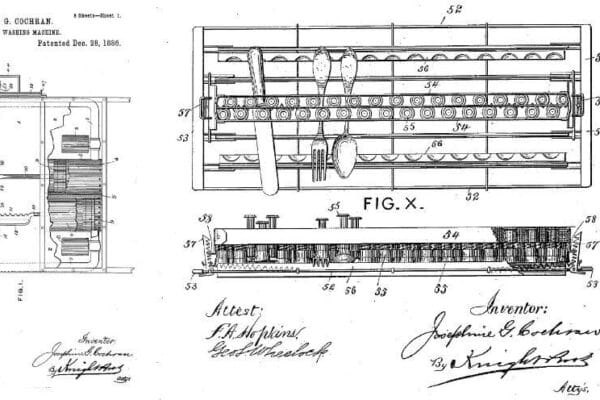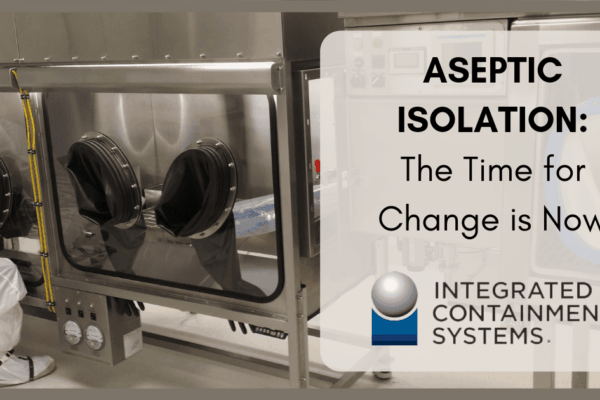Today, lithium-ion batteries are one of the most common sources of power for everyday devices from cell phones to cars. As these products continue to improve, so does the need for a more efficient energy source. The up-and-coming technology of Solid-State Batteries may just be the solution.
As technology develops by the day, more efficient energy sources are necessary for proper and effective functioning. Product improvements are accompanied by a demand for power that keeps up with them. Solid-State Batteries may be the solution that provides greater stability, safety, and energy density.
What are Solid-State Batteries?
In many of the devices we use today, lithium-ion batteries are a standard source of power. They utilize a flammable liquid electrolyte that balances the energy distribution between the cathode and anode, which is seen as more efficient than the lead-acid and nickel-metal hydride batteries used in the past. While we currently rely on lithium-ion batteries to power devices anywhere from our phones to our cars, they tend to be heavy and unstable in extreme temperatures.
Enter: Solid-State Batteries (SSB). As the name suggests, these batteries are composed of a solid electrolyte (typically ceramic, polymer, or glass) making them generally more stable and compact. With the material change, SSB are much lighter and have an energy capacity more than two times greater than lithium-ion batteries. They are also able to recharge significantly faster.
Additionally, with the removal of the flammable liquid electrolyte, SSB are safer in a wider range of temperatures and are less likely to overheat, meaning they are much less likely to catch on fire. The solid electrolyte also makes the batteries denser, allowing them to have a greater range of operation and be overall more efficient.
Currently, SSB are most commonly used in devices such as pacemakers, RFID, and wearable devices. And one of the biggest potential applications for SSB is in electric vehicles. According to Forbes, “Solid-state batteries promise fast, ubiquitous charging, and enough power to outrun ICE cars not just in the city, but on the fast lane of highways too on the long-distance race to the summer sun.”
What are Some of the Barriers to Success in this Industry?
Unfortunately, as promising as SSB are, they still have years of work to go before they are ready to be widely adopted. As research and experimentation goes, scientists have encountered issues with a variety of features, such as longevity. A significant flaw with SSB is the rapid degradation over charging cycles, causing an accumulation of lithium dendrites which can pierce the battery and lead to short-circuiting.
Other issues include conductivity and instability where the materials join. With a solid electrolyte, there is less particle mobility, preventing electrons from moving as freely as they otherwise would. This can also have a negative impact on the construction of the batteries, as it is more difficult to connect solid materials together as opposed to working with a liquid that has no fixed shape.
Also, in theory, SSB are believed to be able to be significantly less expensive than the current lithium-ion options. However, it has become a challenge to scale SSB, which are currently used in small devices, to larger applications. As of yet, no company has successfully been able to mass-manufacture SSB so that they are cost-effective enough to benefit the general public.
While there are some current barriers to widely-adopting Solid-State Battery technology, all good engineering takes time and experimentation. Looking toward the future, there is still extreme potential in this revolutionary power source and its potential applications.
What Can CPS Do?
The world of batteries is rapidly evolving, with new changes and developments each day. At CPS, we pride ourselves on our ability to take on challenges and learn new things every day. While we don’t make SSBs ourselves, we are great at supporting the people that do.
Many companies currently working with SSB technology are in the research and development phase, experimenting with small batches and basic processes. This means that they typically don’t have the proper equipment to be able to scale their projects as demand increases. Our job is to provide these companies with new solutions for containment, blending, transport, and handling to progress from grams at a time to hundreds of kilograms at a time. And, we are able to completely custom build the base equipment so they seamlessly integrate with the systems these companies already have in place.
The other main concern we address is safety, as oxidized lithium can release extremely combustible gasses. By upgrading a company’s current storage method to efficient Intermediate Bulk Containers (IBC), we can significantly decrease the risk of both explosions and human inhalation of toxic gasses. Depending on the customer’s needs, we can also utilize various tools such as contained transfer devices, accurate dosing scales, clean docking Jet-Wash transfers, and blending systems.
At Custom Powder Systems, we love staying up-to-date with the most current engineering trends. If there are new technologies you’d like to explore, let us know how we can help!
To hear more about the art of engineering, sign up for our newsletter.







